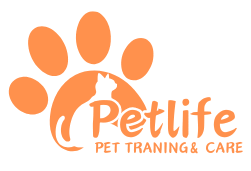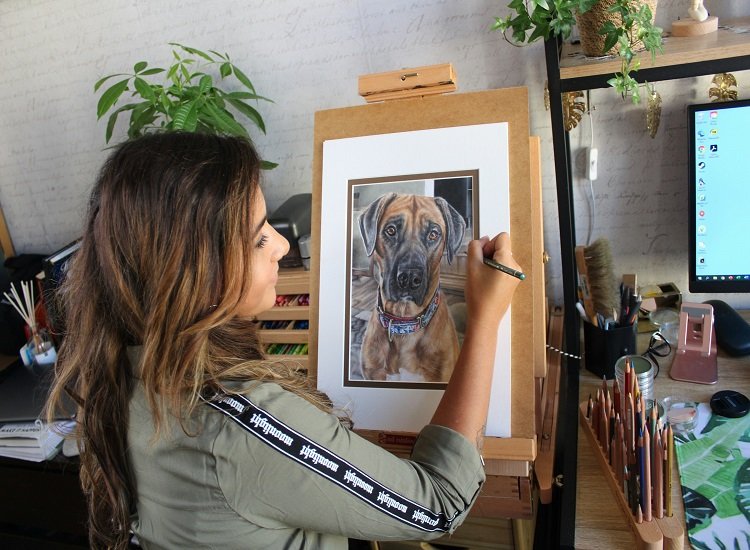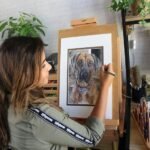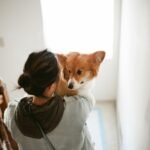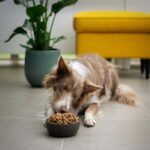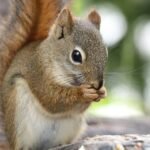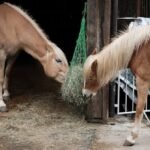Intro
So you have decided to get your favourite pet immortalised in pet portrait or oil painting and now you want to prepare your photographs to be submitted to the chosen artist and you are wondering how best to photograph your fine feathered or furry friend.
Prep
Paramount to the success of any painting is the foundation work of understanding your subject, so having good reference photos from different angles is key to achieving a great likeness of your faithful companion.
Need
If you decide to commission an artist remotely located, then you are going to need a good quality photo of your pet, as artists who work remotely don’t have your pet in real life to sketch from.
Tips
So in order to prepare a great shot then there a few tips you should follow, that will set you on the right path. Remember the better the photos you supply the better image the artist is going to have in their mind. Naturally any kind of special personality traits or favourite habits or tricks are also going to prove to be helpful as the painter needs as much information as you can supply to truly capture the spirit of your pet.
Light
Make sure you do not use flash photography unless your pet has dark fur. Camera flash tends to flatten details, so it is best to photograph your pet outside in natural sunlight.
Face
Also make sure your pet is close up for a few shots or head shots so that the facial detail is as clear as possible as well. Just like humans, animals have a different left side of their face when compared to the right side. Differences may be minimal, but this is the sort of important information the artist needs to be aware of, if a good likeness is to be portrayed.
Greg
If it’s a pet portrait you are after then you could do no better than to commission world class oil painter Greg Gillespie. With over 25 years experience in the commercial and fine art worlds, the quality of your pet portrait is going to be second to none. Greg’s paintings are keenly sort after and treasured in private collections around the world.
